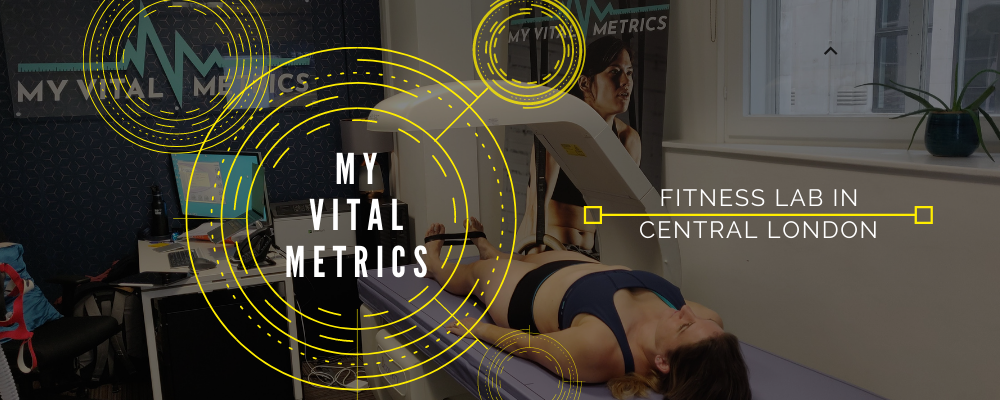
by | Apr 17, 2024 | product review, technology
For the last 5 years, I have been wearing my Suunto 5 nearly 24 hours a day. I invested in the watch after my desert ultra, where I had to switch between watches as there was no where to charge them. Technology is not my strongpoint, meaning I have simple needs when...

by | Sep 1, 2021 | fitness, product review, technology
With degrees in science, I am all about the data. My first session with new personal training clients always involved body measurements and baseline fitness assessments. We check in every eight weeks to ensure the program is delivering what the client wants. I also...
by | Feb 7, 2019 | sponsored post, technology
I am not the best at life admin. Submitting paperwork, such as receipts for my taxes, invoicing for freelance work, and posting things on eBay, tend to get pushed to the side in favour of a workout or episode of Bridezillas. Actually, the paper gets put into a pile...
by | Dec 10, 2018 | product review, sponsored post, technology
This post is in collaboration with HoMedics. December is in full swing and my diary is filling up. With that comes the stress of shopping, working, having the right clothes to wear to holiday parties, trying to schedule in time for the gym, and eating good food to...
by Admin User | May 2, 2018 | product review, running, technology
A few weeks ago, dorsaVi got in touch and offered me a chance to have my running form analysed. Having had a gait analysis done before, I was keen to see what this process would offer me in terms of information (and of course, if I am any better at running...
by | May 2, 2018 | product review, running, technology
A few weeks ago, dorsaVi got in touch and offered me a chance to have my running form analysed. Having had a gait analysis done before, I was keen to see what this process would offer me in terms of information (and of course, if I am any better at running...




